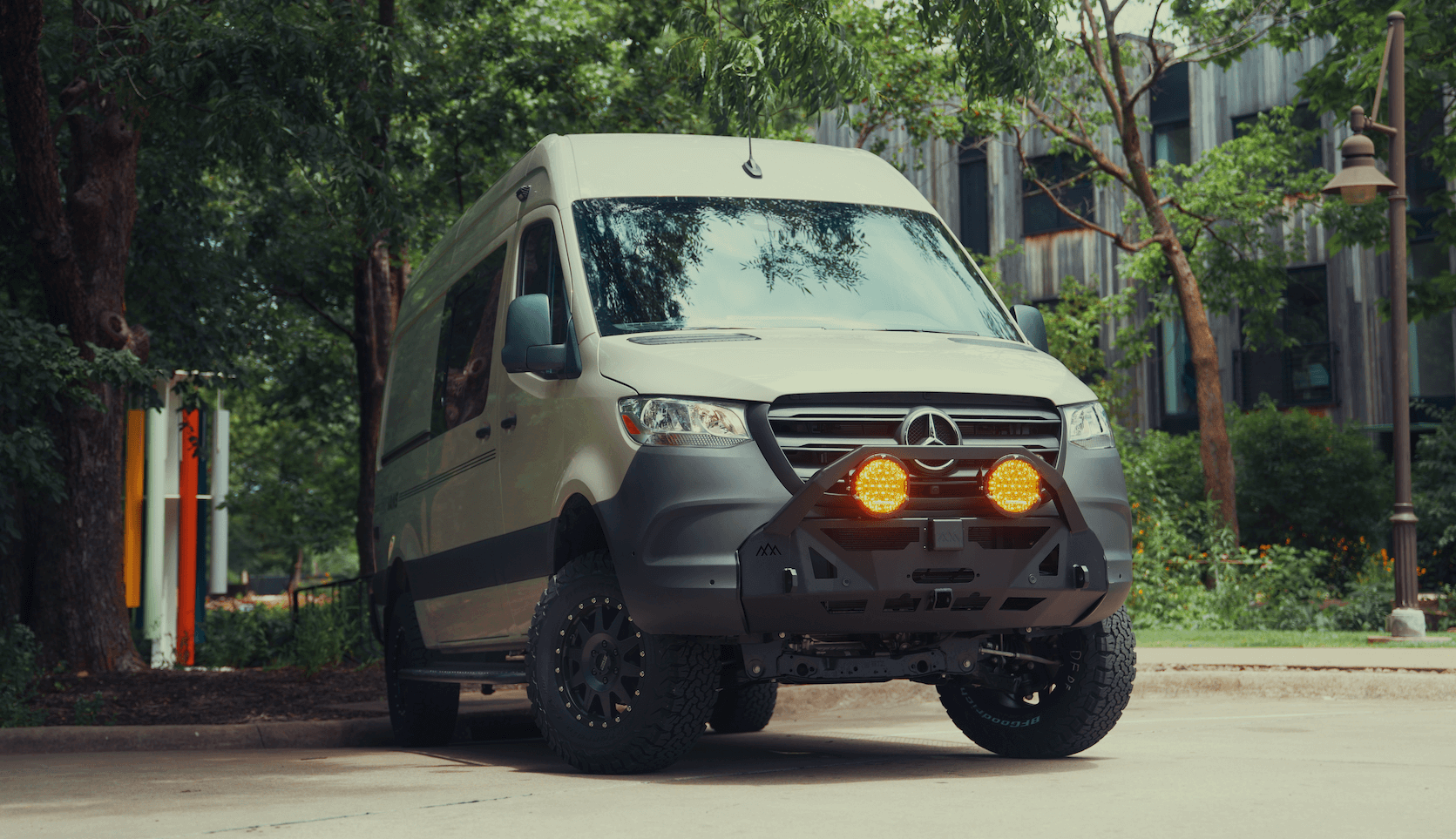Recreational Vans

Rust forms when steel meets oxygen and moisture, accelerating in the presence of road salt and temperature swings. Vehicles trap water in pinch seams, behind plastic liners, and inside boxed sections where airflow is poor. Common hot spots include frame rails, crossmembers, rocker panels, wheel arches, roof gutters, sliding door tracks, and the lower edges of doors. Brake and fuel lines, especially where clips hold them to the body, can corrode out of view. Even seam sealer can crack over time, letting salt laden water creep into joints and start corrosion from the inside out.
Start with a clean vehicle. Wash the undercarriage and wheel wells, then let it dry so moisture does not mask corrosion. Use a bright flashlight, inspection mirror or borescope, a small pick, and a magnet. Look along wheel arch lips, rocker pinch welds, roof gutters, around the windshield and rear windows, and under trim pieces that catch debris. Underneath, check frame rails, crossmembers, spring perches, control arm mounts, skid plate mounts, exhaust hangers, and the floor pan. Probe flaky layers to see if scaling is superficial or if it collapses into soft metal. Follow brake and fuel lines end to end, and inspect heat shields and fasteners around the exhaust where condensation accelerates corrosion.
For light oxidation, wire brush to clean, apply a rust converter, then use zinc rich primer, paint, and a topcoat or cavity wax. For scale, plan to remove unstable metal and rebuild with welded patches or replacement panels. When frame sections are affected, a certified welder should plate or replace compromised areas and verify alignment. Use caution with generic undercoating on active rust, as it can trap moisture; treat and seal first, then protect. Cavity wax inside boxed rails, seam sealer in repaired joints, and stainless hardware where appropriate help slow future corrosion. Costs rise with hidden decay, panel complexity, and the need to drop fuel tanks or remove interiors to access floor sections.
When considering a used van or truck, scan for inconsistent undercoating, fresh paint fogging on hardware, or missing seam sealer that might hide prior rust. Pull back cargo area mats to check floor pan seams. Open sliding doors and look at lower track areas and drains. In snow belt regions, plan for a spring inspection to address winter salt buildup and a fall inspection to prepare for the season. Rinse the undercarriage after beach driving or salty roads, and keep drain holes in rockers and doors clear so water can escape.
A rust inspection is more than a safety check; it shapes smart decisions about upgrades. If a frame crossmember is scaling, address it before adding weight or suspension changes. If the roof gutter shows bubbling at the seam, repair and seal before adding a rack. Treat floor pan seams before installing cabinetry to prevent trapped moisture. Transparent documentation with photos and measurements creates a baseline for future reference and protects resale value.
Before we design cabinetry, power systems, or exterior armor, we assess the vehicle’s condition so the foundation is sound. Our team inspects frames, floor pans, and load bearing points, then documents findings and recommended fixes. When metal replacement or bracket fabrication is needed, precise fitment and corrosion minded finishing are built into the plan. After repairs, we select protective coatings, seam sealing, and cavity wax for long term durability that supports life on the road. This approach keeps adventures focused on the trail ahead rather than chasing rust after the fact.
If you want a capable road partner, start with a clean bill of health. We fold rust inspection into our build intake and upgrade planning so your rig is safe, quiet, and ready for the miles. Explore how we craft capable travel platforms, from layouts to protection, and see how a methodical inspection sets the stage for a long running vehicle.
Tell us about your vehicle, where you drive, and any rust concerns you have noticed. We will evaluate structural points, document corrosion, and map a repair and protection plan that supports your future build or upgrades. Submit the form to start your rust inspection conversation with OZK Customs.
Ready to eliminate rust risks before your build or road trip? Tell us about your vehicle and goals. OZK Customs will assess corrosion, map repairs, and protect your investment so you can explore with confidence.
ADDRESS:
6159 E Huntsville Rd, Fayetteville, AR 72701
PHONE:
(479) 326-9200
EMAIL:
info@ozkvans.com